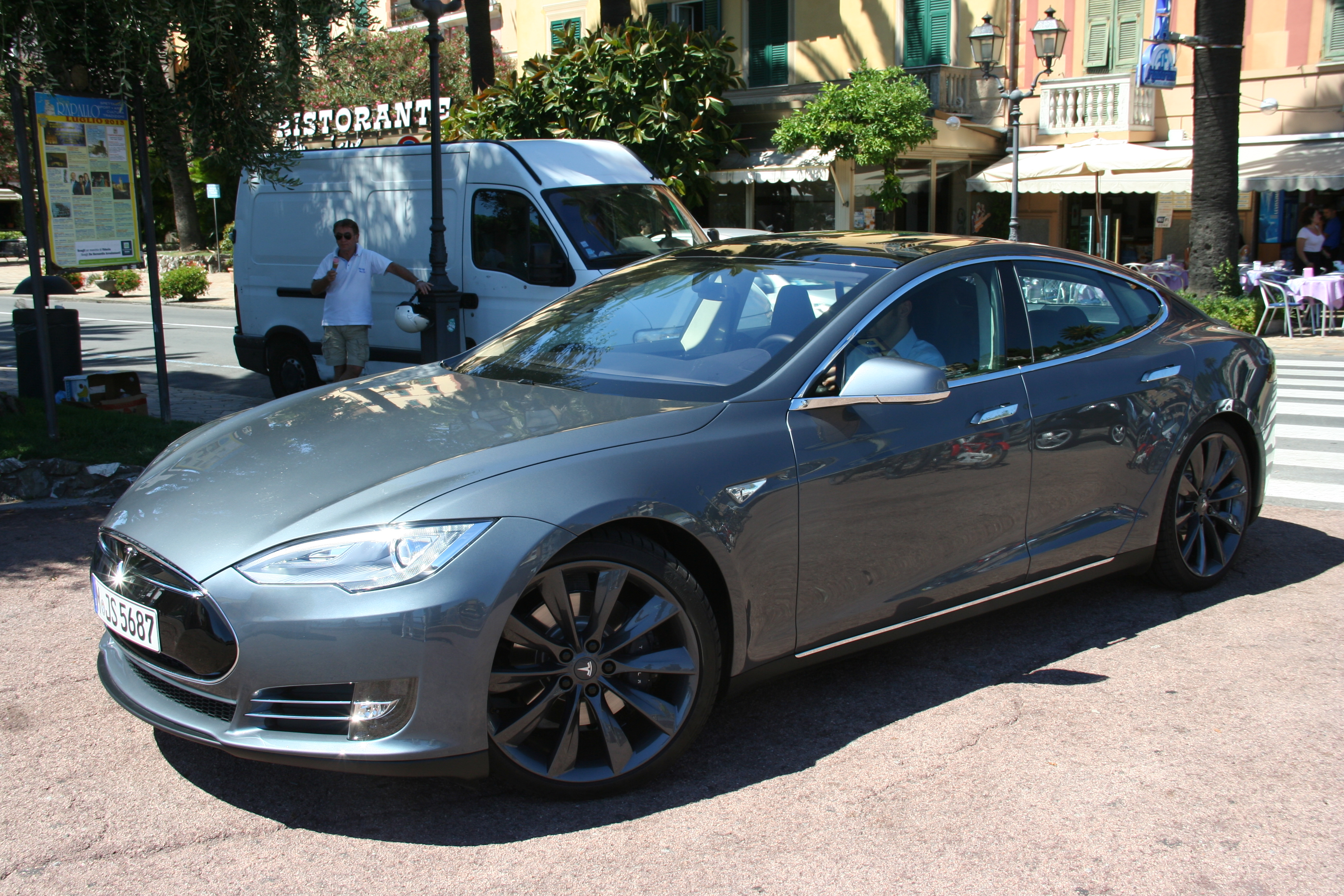

We use those same patterning technologies to make these nanoscale antennas. Fortunately, the development of the modern electronic integrated circuit platform over the last half-century has produced mature technological processes that can help us define nanoscale features.
#META MATERIALS AND TESLA TV#
These tiny antennas are many orders of magnitude smaller than a TV antenna. By configuring the geometry of these antennas individually and in collections, we can engineer systems that can interact with and manipulate light in entirely new ways. We are working to create nanoscale antennas that would be able to respond to visible light with wavelengths of 400 to 700 nanometers, or infrared light, where wavelengths are on the order of a micron. Those antennas were designed for radio waves that were centimeters to meters in length. If your picture wasn’t very good, you would get up and physically reconfigure the antenna geometry to change its performance. Back in the day before cable and satellite, TVs had metal antennas. We talked to Fan about his visions in metamaterial engineering and about his interdisciplinary collaborations with fellow Stanford professors Allison Okamura and Sean Follmer in projects such as integrating new types of electromagnetic systems with robots.Īt its most basic level, we are bringing the idea of an antenna down to the nanoscale. Fan is just the fourth Stanford electrical engineer to win the fellowship since 1988, and the financial support that comes with it will enable him to carry on work that is so innovative that it can otherwise prove difficult to fund through traditional means.

He recently won the prestigious 2016 Packard Fellowship in Science and Engineering, which funds the most promising early-career professors in fields ranging from physics and chemistry to engineering.

Jonathan Fan, an assistant professor of electrical engineering and director of the ExFab at the Stanford Nanofabrication Facility, is leading the way. The Catalyst for Collaborative SolutionsĪ field of materials science known as metamaterials has recently captured the imagination of engineers hoping to create nanoscale optical devices.Technology Transfer/Technology Licensing.Hasso Plattner Institute of Design (d.school).Stanford Data Science & Computation Complex.Stanford Engineering Reunion Weekend 2022.Dean’s Graduate Student Advisory Council.Summer Opportunities in Engineering Research and Leadership (Summer First).Graduate school frequently asked questions.Stanford Engineering Research Introductions (SERIS).Stanford Exposure to Research and Graduate Education (SERGE).Summer Undergraduate Research Fellowship (SURF).Additional Calculus for Engineers (ACE).Stanford Summer Engineering Academy (SSEA).About the Equity and Inclusion Initiatives.International Graduate Student Programming Board.


 0 kommentar(er)
0 kommentar(er)
